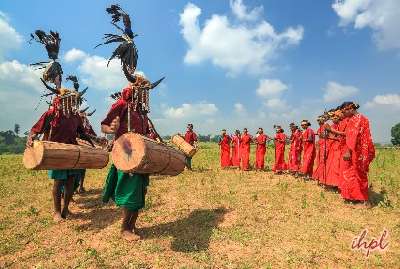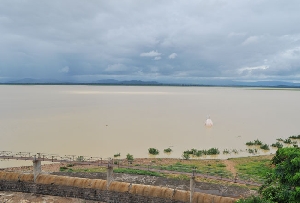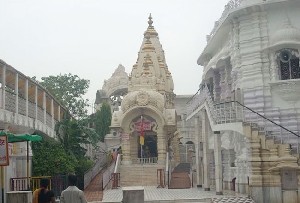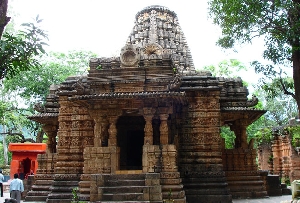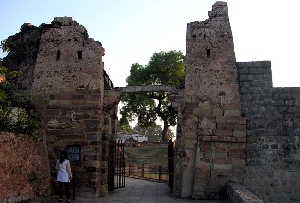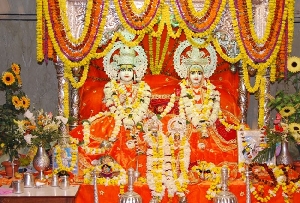The historical records are to be given any credence, then there is no reason to disbelieve the fact that Bilaspur owes its name to a fisher-woman, Bilasa in the 17th century. Bilaspur during that time and for many more years to come remained a fishing hamlet constituting of few fishermen’s huts. According to the census conducted in 1901, the total population of Bilaspur was somewhere around 18,937 and it was considered the 8th largest town in the Central Provinces of British India. One interesting fact that one comes across while flipping through pages of Raipur history is that even as early as in 1908, Bilaspur had already made a mark as home to the major tasar silk and cotton clothes.
As far as the historical background of Bilaspur is concerned, the city was an integral part of the Kalchuri dynasty of Ratanpur. The city rose to prominence in 1741 which was also the period of Maratha invasion that served as a major watershed in the history of Bilaspur. Before the administration of Bilaspur was undertaken by the British Government, the place was suffered the atrocities of the harsh and extortionist Maratha rule for a period of sixty years. When the last Maratha ruler died heirless, Bilaspur was taken into the folds of the British East India Company.
Chhattisgarh Tour Packages
Cities of Chhattisgarh
Things To Do in Chhattisgarh
About Chhattisgarh






